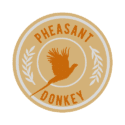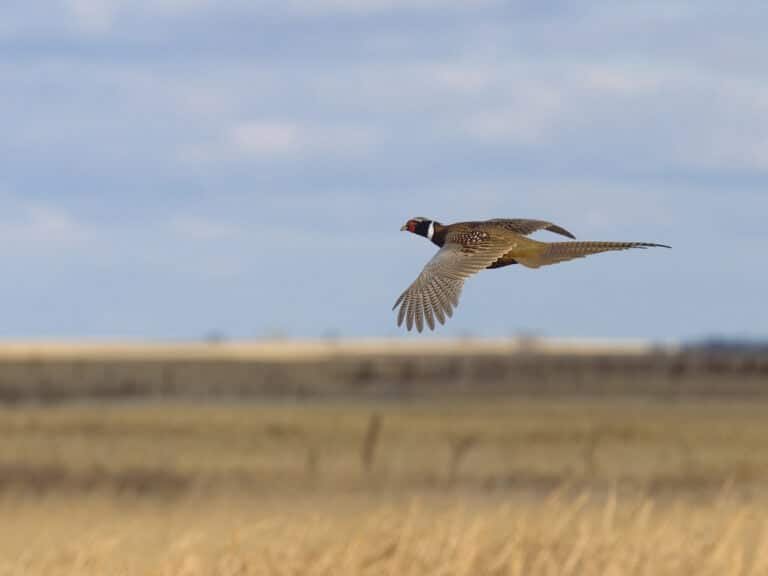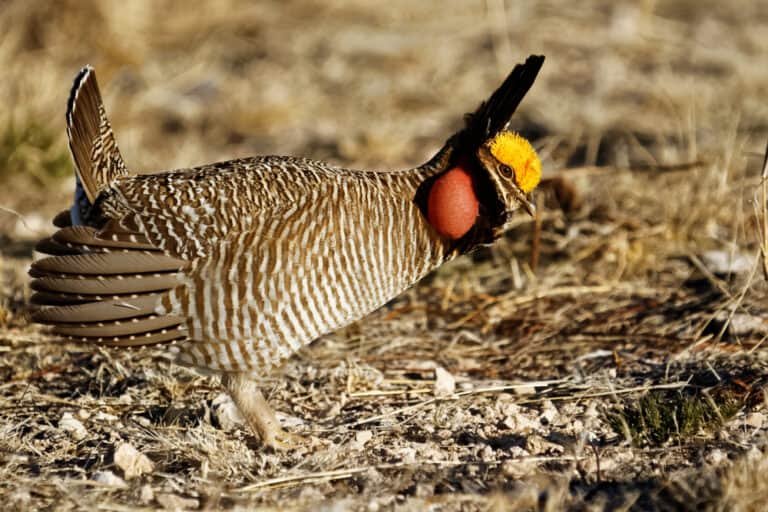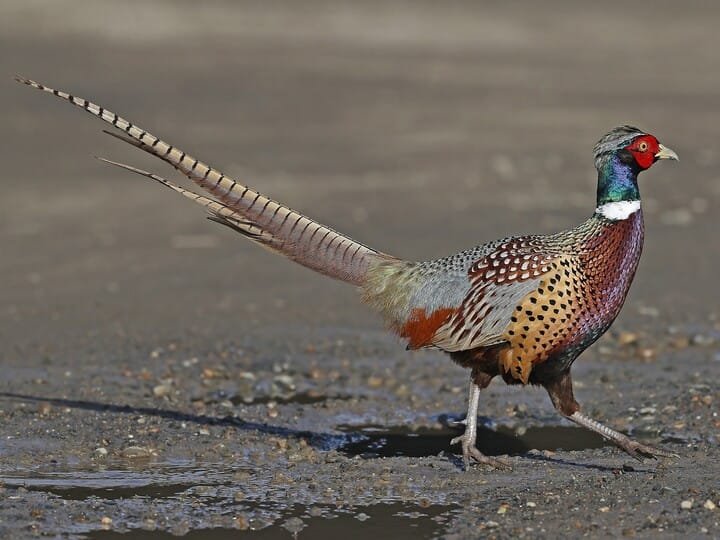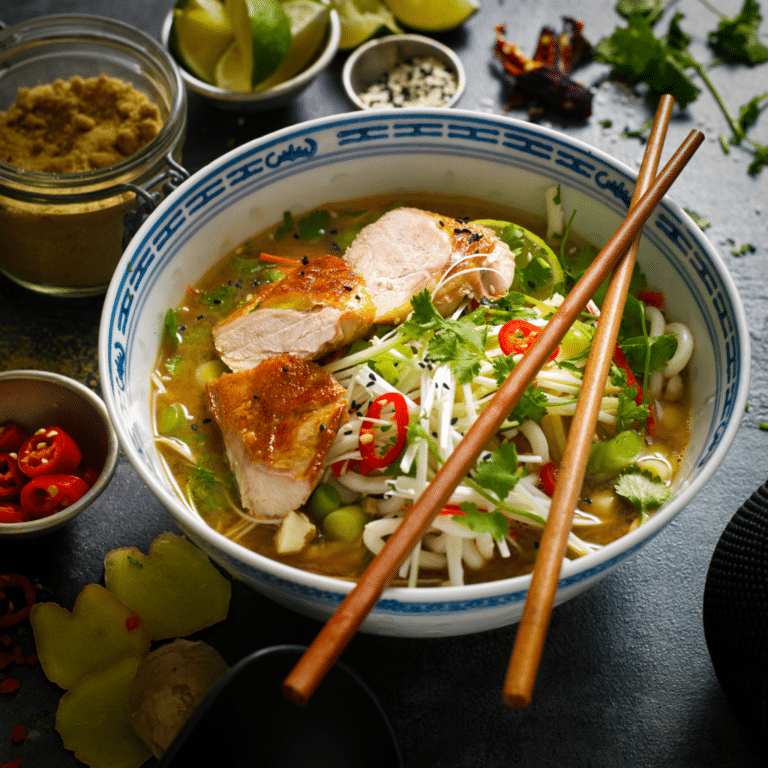5 Best Pheasant Hunting Boots for Comfort and Durability
Your success in the field starts from the ground up. Are your boots letting you down or lifting you to new hunting heights? We’ve reviewed many pheasant hunting boots over the years, and these are the five best brands and styles we recommend.

When it comes to pheasant hunting, the right pair of boots can mean the difference between a successful day in the field and a miserable trek through muddy terrain.
As any seasoned hunter knows, comfort and durability are non-negotiable when you’re pursuing these elusive game birds. But with countless options on the market, how do you separate the wheat from the chaff?
In this comprehensive guide, we’ve put the top pheasant hunting boots through their paces, testing them in real-world conditions to bring you our unbiased recommendations.
From waterproof warriors to lightweight trailblazers, we’ve laced up, trekked through, and pushed the limits of today’s leading hunting footwear. Whether you’re stalking through cornfields, navigating marshy lowlands, or climbing rocky hillsides, our rigorous testing will help you find the perfect boots to keep you on the hunt from dawn to dusk.
Join us as we explore the features that matter most, compare the top contenders, and unveil our picks for the best pheasant hunting boots on the market today. Your feet (and your hunting success) will thank you.
What to Look for in Pheasant Hunting Boots
Several key features can make or break your hunting experience when selecting the perfect pair of pheasant hunting boots. Here’s what you should keep in mind:
1. Waterproofing
Pheasant hunting often involves trekking through wet fields, crossing streams, or navigating damp underbrush. Look for boots with reliable waterproofing technology such as GORE-TEX or other proprietary waterproof membranes. This will keep your feet dry and comfortable throughout your hunt.
2. Insulation
Insulation can be crucial depending on your hunting season and location. Many quality hunting boots offer Thinsulate insulation, measured in grams. For early-season hunts or warmer climates, 400-800 grams may suffice, while late-season hunts in colder regions might require 1000 grams or more.
3. Ankle Support
Pheasant hunting involves navigating uneven terrain, so good ankle support is essential. Look for boots that come up over the ankle and provide sturdy support to prevent sprains and increase stability.
4. Traction
The soles of your boots should offer excellent traction on various surfaces. Look for aggressive tread patterns and durable rubber compounds that handle mud, rocks, and slippery vegetation.
5. Durability
Hunting boots take a beating, so durability is key. Full-grain leather uppers, reinforced toe caps, and double or triple stitching are all signs of a boot built to last.
6. Weight
While durability is important, you don’t want boots that feel like lead weights. Modern materials allow for sturdy boots that won’t tire you on long hunts. Consider the trade-off between features and weight based on your hunting style.
7. Comfort and Fit
Perhaps the most crucial factor is how the boot fits and feels. Look for boots with good cushioning, supportive footbeds, and a comfortable fit right out of the box. Remember, the best features in the world won’t matter if your boots cause blisters or fatigue.
8. Scent Control
Some high-end hunting boots incorporate scent-control technology to help mask your presence in the field. While perhaps less crucial for pheasant hunting than for deer hunting, it can still be a beneficial feature.
9. Break-in Period
Ideally, choose boots that require minimal break-in time. However, be prepared to wear your new boots before taking them on a long hunt to ensure they’re comfortable and avoid blisters.
10. Price and Value
While it’s often worth investing in quality boots, consider your budget and how frequently you’ll use them. Sometimes, mid-range options can offer excellent value for the occasional hunter.
By considering these factors, you’ll be well-equipped to choose a pair of pheasant hunting boots that will serve you well in the field. In our next section, we’ll dive into our testing methodology to show you how we evaluated the top contenders in the market.
Our Testing Methodology
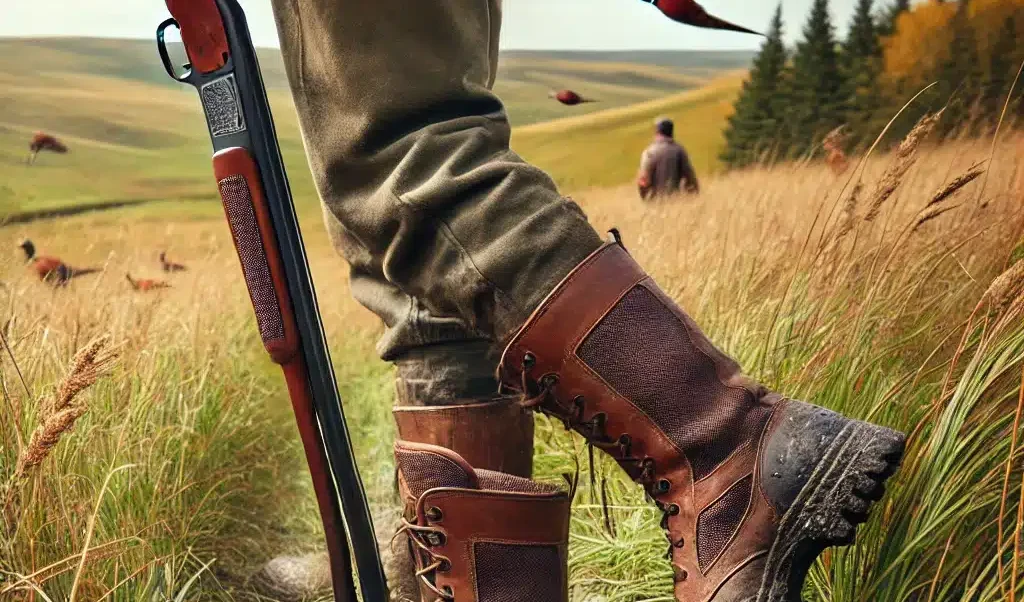
To ensure our recommendations are based on real-world performance, we put each pair of pheasant hunting boots through a rigorous testing process. Here’s how we evaluated the boots:
1. Field Tests
We conducted multiple field tests in various conditions typical of pheasant hunting environments:
- Terrain Variety: Each boot was tested on different terrains, including cornfields, grasslands, wetlands, and wooded areas.
- Weather Conditions: We tested the boots in dry and wet conditions, including light rain and morning dew.
- Distance Covered: Testers wore each pair for multiple 5-mile hikes to simulate a full day of hunting.
2. Waterproof Testing
To evaluate waterproofing:
- Testers walked through shallow streams and wet grass.
- We conducted a “bucket test” where boots were partially submerged in water for 5 minutes.
3. Comfort Assessment
Comfort was evaluated based on:
- Initial fit and feel
- Comfort after breaking in (approximately 20 miles of wear)
- Presence or absence of hot spots and blisters
- Fatigue levels after extended wear
4. Durability Tests
To assess durability:
- We conducted a 50-mile break-in test for each boot.
- Boots were exposed to abrasive conditions like rocky terrain and thick brush.
- We inspected for premature wear, loose stitching, or sole separation.
5. Temperature Regulation
We tested insulation and breathability by:
- Wearing boots in various temperature conditions (40°F to 80°F)
- Assessing heat retention in cold weather
- Evaluating breathability and sweat management in warmer conditions
6. Traction Tests
Traction was tested on:
- Wet grass and mud
- Rocky and uneven terrain
- Steep inclines and declines
7. Weight and Fatigue Assessment
We measured:
- The weight of each boot
- Tester fatigue levels after wearing each boot for extended periods
8. User Surveys and Feedback
In addition to our controlled tests:
- We surveyed 50 experienced pheasant hunters about their preferred boots.
- We analyzed customer reviews and feedback for each boot model.
9. Long-term Durability
While our active testing period was intensive, we also considered the following:
- Long-term reviews from hunters who have used these boots for multiple seasons
- Any common issues that develop over extended use
10. Value Assessment
We evaluated the price-to-performance ratio, considering:
- The boot’s performance in our tests
- The quality of materials and construction
- The price point compared to similar boots in the market
By combining controlled testing, real-world use, and broader user feedback, we’ve comprehensively understood each boot’s strengths and weaknesses. This thorough approach allows us to provide reliable, field-tested recommendations for your next pair of pheasant hunting boots.
Top 5 Pheasant Hunting Boots Reviewed
After extensive testing, we’ve identified the top performers in the field. Here’s an in-depth look at our first pick:
1. Danner Grouse
- Key features: Lightweight, comfortable fit, waterproof construction, excellent traction, durable leather upper.
- Pros: Versatile design suitable for various hunting conditions, breathable, supportive.
- Cons: Can be expensive
- Price: $380
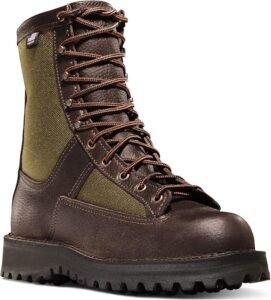
2. LaCrosse Alphaburly Pro

- Key features: Waterproof rubber construction, insulated for cold weather, aggressive tread pattern for excellent traction, comfortable fit.
- Pros: Durable, warm, and waterproof, suitable for wet and muddy conditions.
- Cons: Can be heavy for some hunters.
- Price: $240
3. Muck Wetland
- Key features: Waterproof rubber construction, comfortable fit, lightweight design, adjustable calf height.
- Pros: Affordable, comfortable, durable, and suitable for wet conditions.
- Cons: May not be as supportive as some leather boots.
- Price: $160
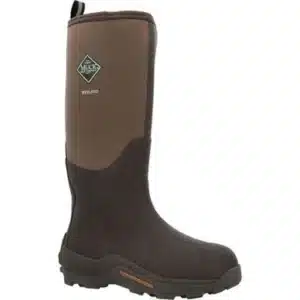
4. Irish Setter Wingshooter
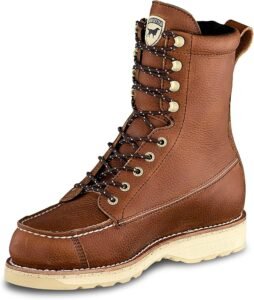
- Key features: Classic leather construction, waterproof, comfortable fit, good traction, stylish design.
- Pros: Durable, comfortable, versatile, and suitable for various hunting environments.
- Cons: Can be expensive.
- Price: $200
5. Crispi Wyoming II GTX
- Key features: Waterproof Gore-Tex lining, lightweight construction, comfortable fit, excellent traction, durable leather upper.
- Pros: Versatile design suitable for various hunting conditions, breathable, and supportive.
- Cons: Can be expensive.
- Price: $360

Conclusion: Stepping Into Your Next Hunt
After extensive testing and evaluation of the top pheasant hunting boots on the market, it’s clear that the right footwear can make a significant difference in your hunting experience.
Remember, the “best” boot ultimately depends on your specific needs, hunting style, and the conditions you typically face. Consider factors such as the typical weather in your hunting area, the type of terrain you’ll be covering, and how often you’ll be using the boots.
